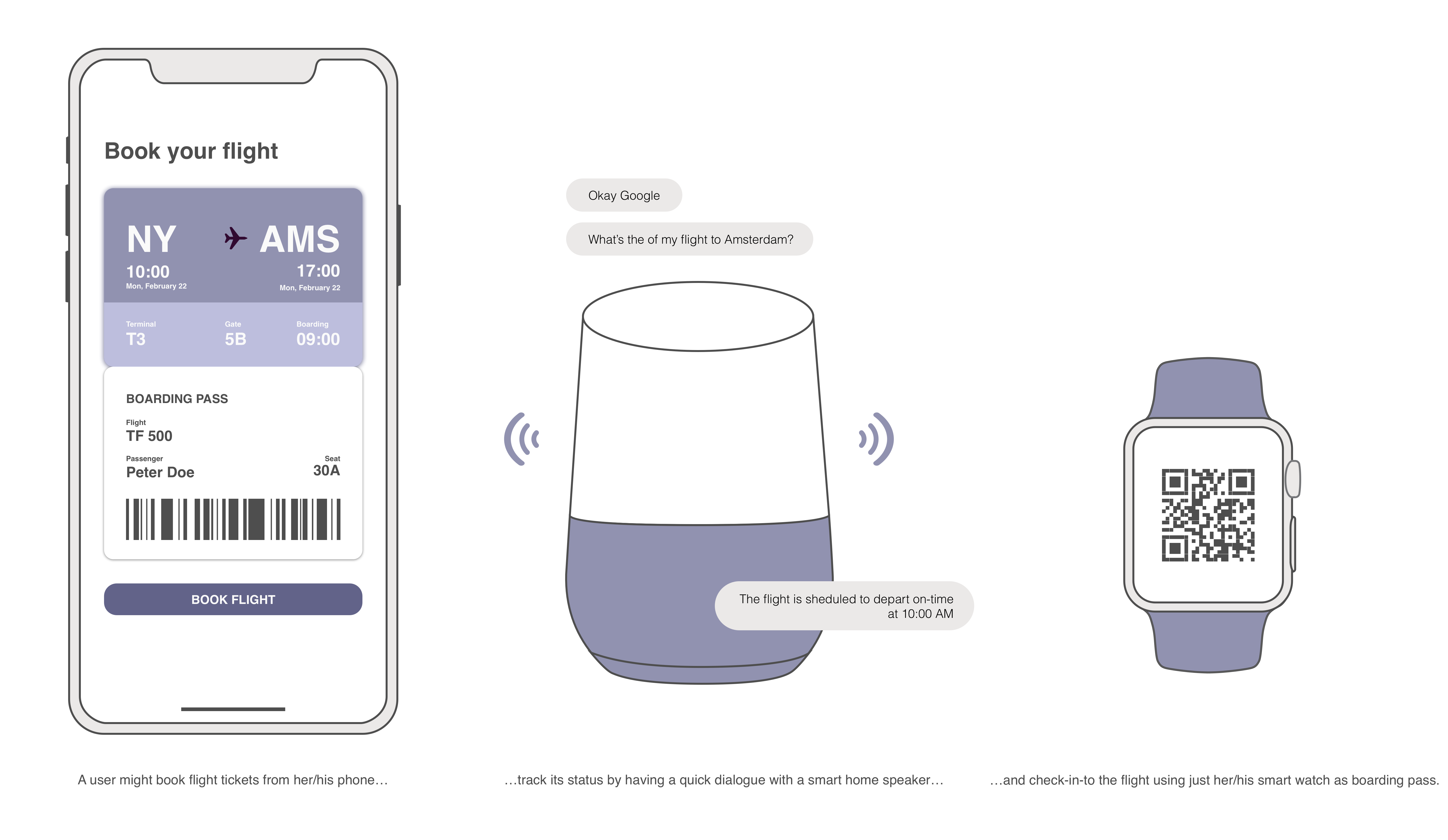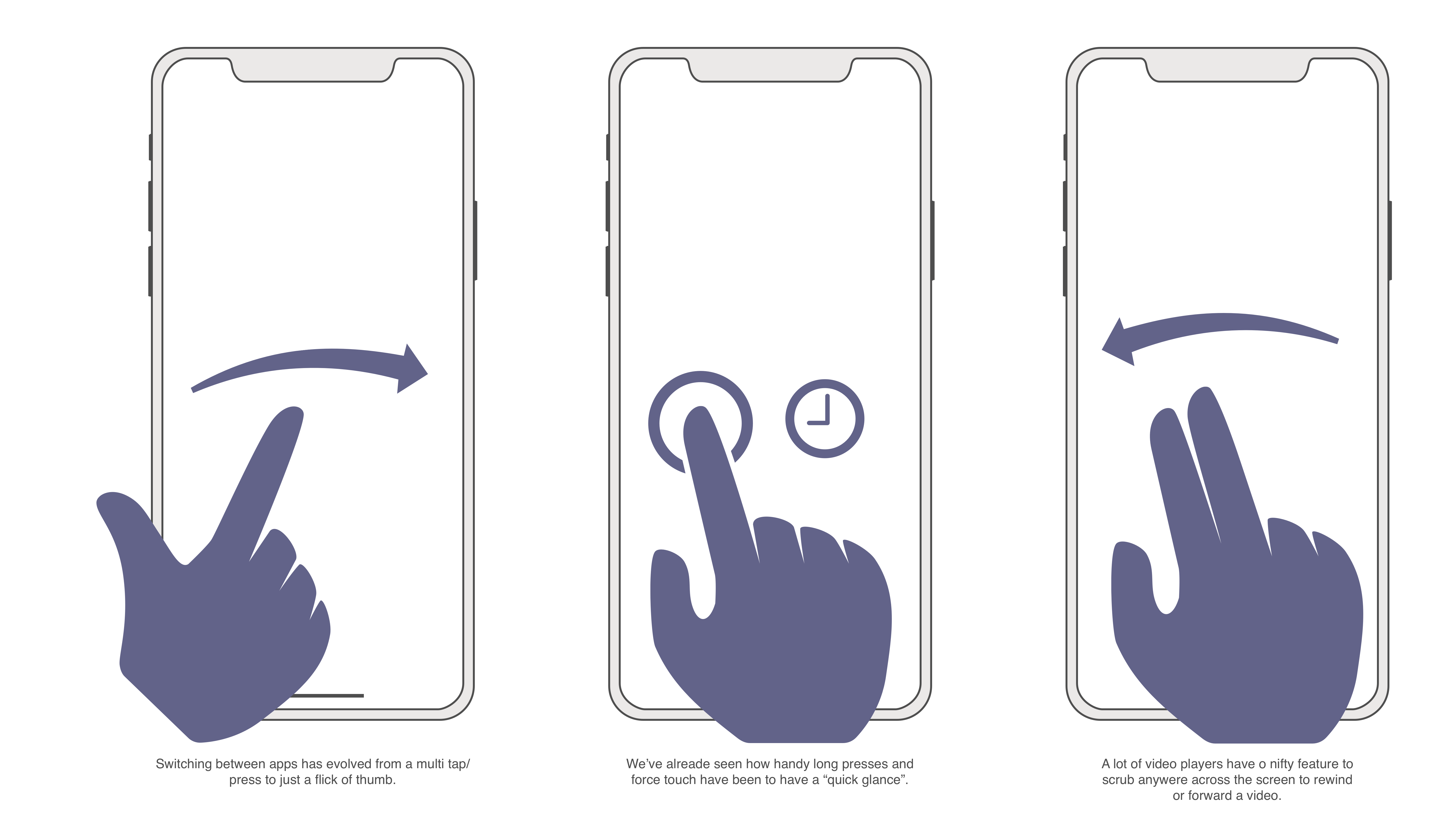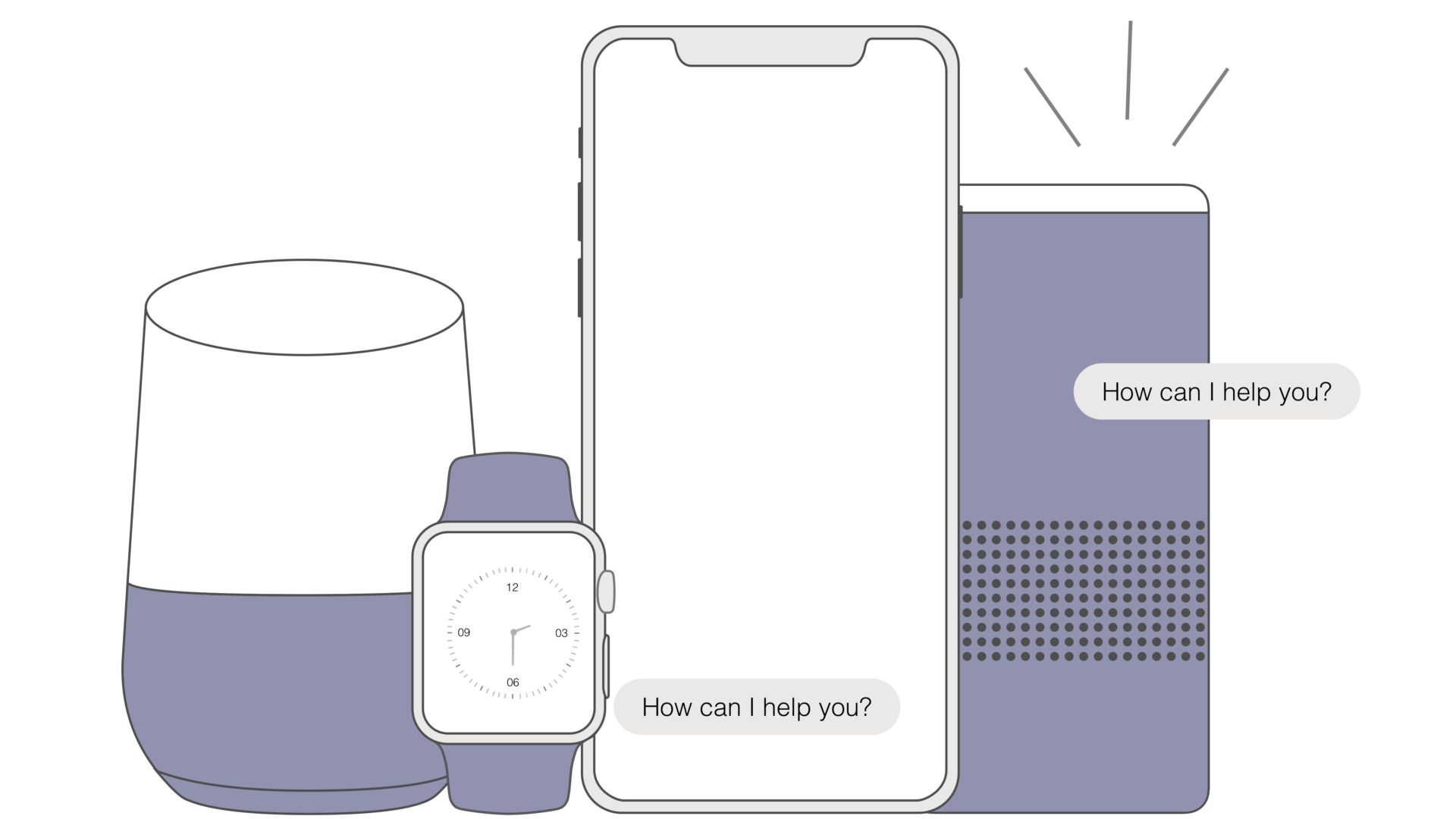The digital world is everchanging, and as many of you know, UX design is no exception. We only have to look at the last two years, to see the consistent changes. Besides the beneficial developments, we have seen somewhat disruptive technologies, like mixed realities, smart home devices, and voice user interfaces. Although the UX design process remains consistent, it is the human behaviors and needs that seem to have transformed. Moreover, the advent of these technologies, have generated different requirement, solutions, and experiences for the user.
At the start of 2019, user-centered designed seemed to be the primary, if not the top priority for many organizations. Thus, this need solidified UX design into the mainstream industry? Why? Well, arguably UX design is one of the central and compelling aspects for the development of positive customer/business relationships. Now, we are halfway through 2019, let’s look at what trends were predicted at the start of the year, as well as those that certainly has the potential to become the innovative, next “big thing” in 2019.
 Personalized User Experience
Personalized User Experience
We have seen how the old, and somewhat outdated mentality of “one size fits all” is practically extinct. Nowadays, personalization has become the driving force for many industries. Moreover, more and more companies, across industries are recognizing how redundant mass production is in terms of their customer’s need. However, this modernized view regarding consumers has resulted in customers expecting more from companies and brands. Nearly everything can be personalized, from selecting the color to removing something off your favorite sandwich on Uber eats.
Personalization and a tailored approach is a simple click away for all consumers. Thus, this availability is now forcing companies to continue to develop more personalized and tailored solutions. However, it is possible, especially with the increase in artificial intelligence and machine learning. This advent of these technologies is allowing all customers, particularly the larger player to continue to provide new and improved personalized experiences for their customers. For instance, one example could be Netflix. Netflix has increased in popularity in the past five, not to mention the “Netflix and Chill” society we have all adopted.
So, it poses the question, how have Netflix maintained and expanded its customer market? Well, it is believed that they tailor their customer experience through their proprietary algorithm. Now, it can be argued that one thing we will continue to see in 2019 is that data-based design will be mass adopted. It is safe to say that the customer experience, is transforming from a “nice to have” to “I MUST have” industry. Moreover, this new customer expectation accounts for nearly all customer-centered industries.

Voice User Interface
“Alexa, set the alarm for 6 am”, “Alexa, remind me to order X, Y, Z,” “Alexa, turn the lights off.” We are confident that these phrases are heard in many households. Moreover, it can be safe to say that user interfaces, like Google Home and Alexa, have been widely adopted. Why? Well, they simplify life. Users no longer need to navigate, type, click buttons or even browse menus. The innovation of these technologies is attracting the attention of all types of consumers, from a stay at home moms to traveling professional. They are intuitive and are definitely here to stay.

It is evident that we as, consumers are already entering the era of voice-controlled technology. Moreover, it is continuously advancing to cater to our every need. Surprisingly, or should we say, not so surprising, ComScore has predicted that by 2020, (yes, next year), 50% of searches will be carried out via voice technology although voice technology isn’t a new revelation. However, it has only been mass adopted in the past two to three years. Who knows, Alexa (just as an example), may be part of the family for many Western homes by the end of the year. Not only that the continuous developments and advancements, are making this user solution far more appealing. Who knows, by 2020, many of us will forget what scrolling through a menu is actually like, as we have something to do it for us!

Authentication made simple
Now, how many times have you clicked “I’ve forgotten my password.” Possibly too many times to count! It can be argued that most users, if not all of us have a real issue when it comes to passwords. Users now have to think the entire password process over, gone are the days of just one capital letter. No, we need to enter:
• Capital Letter(s)
• Special Characters
• Number(s)
• Mother maiden name – obviously not this, but its close to the point we’re trying to make.
Yes, we have a challenge when it comes to registering or signing up to any new service. Then, we spend an enormous amount of time thinking of an unbreakable password, only to forget it. So, to revert to the question, yes nearly all of us are guilty of forgetting a password. Actually, there was a study that identified that 37% of the participants go through this process every month. Yes, every month! So, surely there must be a better way?
Well, yes, which brings us to one of our prediction regarding 2019 UX design trends. We feel that we as users will be greeted with an influx of password-less log in alternatives. In all fairness, there are Apps available such as Dashlane, which remember our passwords for us. So, the password challenge, (it seems like an appropriate name), might be overcome through the implementation of simpler authentication systems. Now, we predict that these password-less systems might come in the form as a “magic link,” temporary password generators, or biometric authentication.

Actually, one great example is the iPhone X – you don’t need your fingerprint, no, you can unlock your phone with your face! Simpler authentication technologies are not new advents, but they are definitely becoming far more innovative and convenient. However, the introduction of simpler authentication is becoming a mandatory requirement, especially in the Western world. Many of us have several devices, an abundance of digital accounts, emails, etc, etc, etc! So, it’s obviously a challenge to remember the login information for all accounts. Moreover, to avoid being hacked, we ideally need a unique password for every account. Thus, the need grows for simplistic authentication. So, we predict that we will see the introduction of smoother, simpler solutions toward the end of 2019.
The Bottom Line
Now, we understand that the title of this blog may be slightly misleading, as our top three predictions are not new UX designs or necessarily trends. Alexa, for instance, the official launch date for our new family member was November 2014 – according to Google.
 Yes, we actually searched this manually, using our fingers (who would have thought it). So, yes these trends may not be recent, but this article aimed to demonstrate the increased need for these technologies.
Yes, we actually searched this manually, using our fingers (who would have thought it). So, yes these trends may not be recent, but this article aimed to demonstrate the increased need for these technologies.
So, we can technically say that by the end of 2019, we as consumers, may be greeted with even more convenient solutions to our everyday problems. Thus, the needs for continuous development and innovation for UX design only increase, which is great for our industry. As a closing point, we can say that when it comes to UX designs, initiative, time-saving and user-friendliness, are the factors that will remain constant. It’s how we access these solutions that are continuously evolving.
What are your thoughts, do you have any other predictions for UX design trends?

